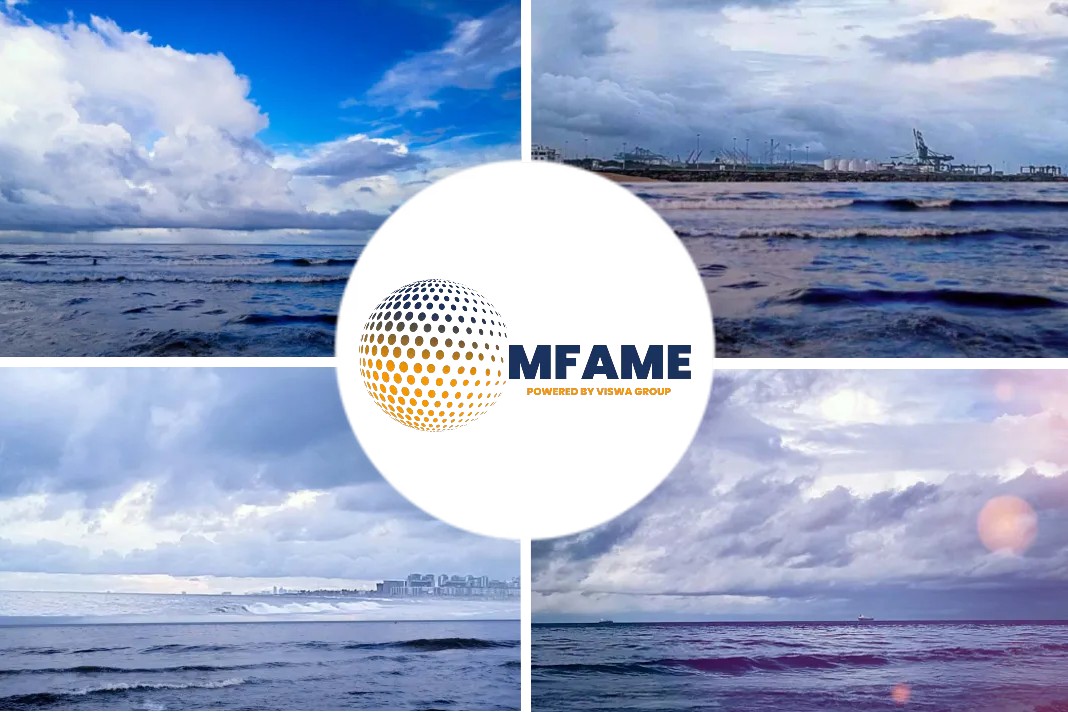- The Port of Inkoo is a privately owned, public commercial port.
- As the port keeps growing, there has been a constant need for warehouse space.
According to an article published in Dry Cargo International, the Port of Inkoo builds more warehouses to keep up with throughput growth.
Port of Inkoo
The Port of Inkoo is a privately owned, public commercial port. The annual turnover of the port is approximately one million tonnes, consisting entirely of tramp shipping. There is no line shipping in the port.
Inkoo is one of the ports in Finland, which are also kept trafficable during the winter. However, the ice conditions in the fairway are usually light, and thus, the channel is most free from ice.
The port specializes in the storage and handling of dry goods in bulk. The port’s competitiveness is based on long experience, adequate storage facilities, and flexible handling of goods in bulk, together with geographic location and good connections by sea and road.
Warehouse for Growing throughput
As the port keeps growing, there has been a constant need for warehouse space. In the past few years, Inkoo Shipping has built several warehouses together with customers to meet the increasing storage needs for different kinds of bulk goods. Now Inkoo Shipping has 21 warehouses, with areas of 800-3000m3, and one 4500m3 warehouse. In addition, there are also about 33 hectares of outdoor stockyards on the port area.
Finland’s Aim
This year alone, the port’s indoor storage space will grow by 12%, which will be achieved by the construction of two more warehouses. The biggest growth has been in the amount of wood pellets handled. Finland aims to be carbon-neutral by 2035. The means to achieve the target include decisions on climate policy and nearly emissions-free electricity and heat production by the end of 2030s, as well as reducing the carbon footprint of building, promoting a circular economy, and a climate-friendly food policy.
2020 Statistics
According to statistics from the Natural Resources Institute Finland in 2020, more wood pellets were imported than ever before, totaling 112000 tonnes, 11% higher than in the previous year. Nearly 90% of wood pellets were imported from Russia, while the remaining share was mainly imported from the Baltic countries.
Wood Pellets Need
Wood pellets are the most common type of pellet fuel and are generally made from compacted sawdust and related industrial wastes from the milling of lumber, manufacture of wood products and furniture and construction. The wood pellets need to have a relatively low water content for combustion efficiency. That requirement, together with the need for the pellet to retain its shape, mean that they must be stored inside.
To keep up with future demand, Inkoo Shipping understands that it can help this positive charge by being an important part of the logistics chain. In this case, it means having the capability to handle and store biofuels. Handling dry bulk is Inkoo Shipping’s specialty.
Did you subscribe to our daily newsletter?
It’s Free! Click here to Subscribe!
Source : Dry Cargo International


























